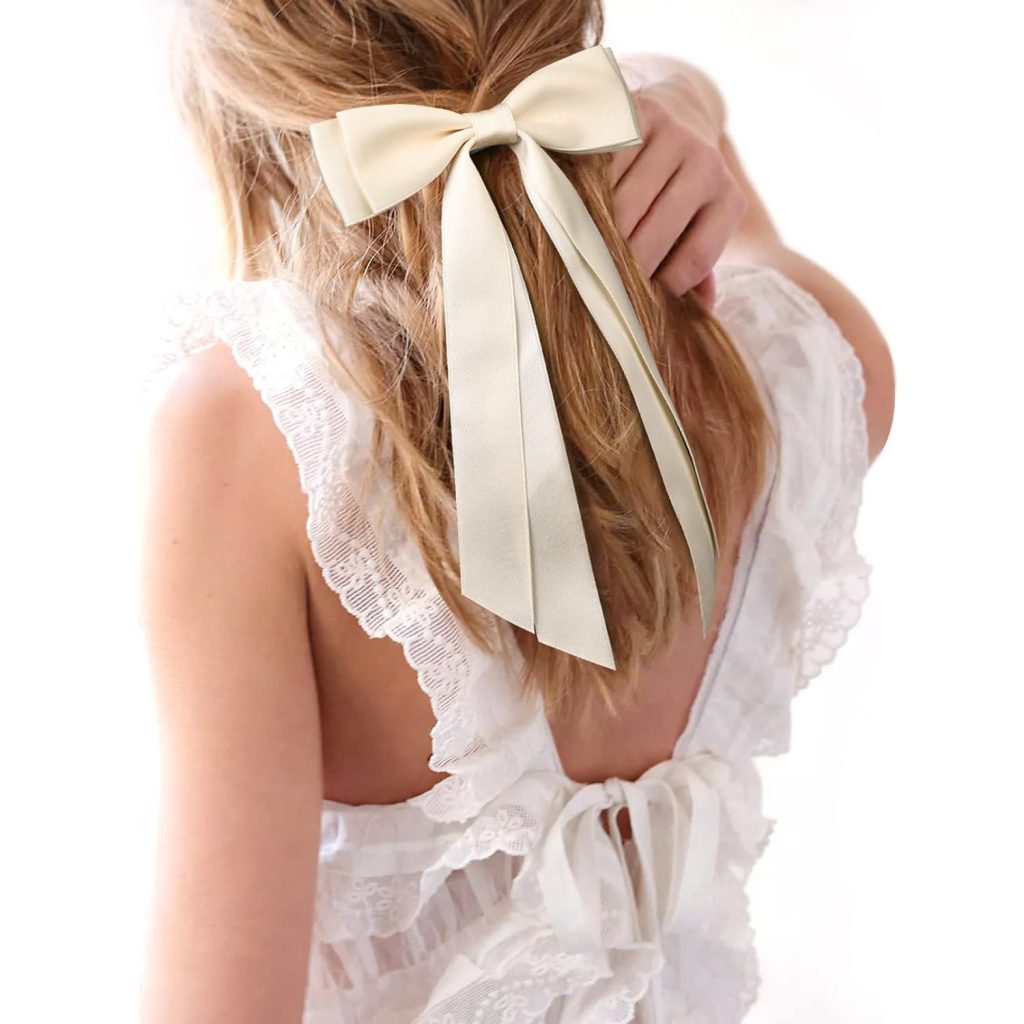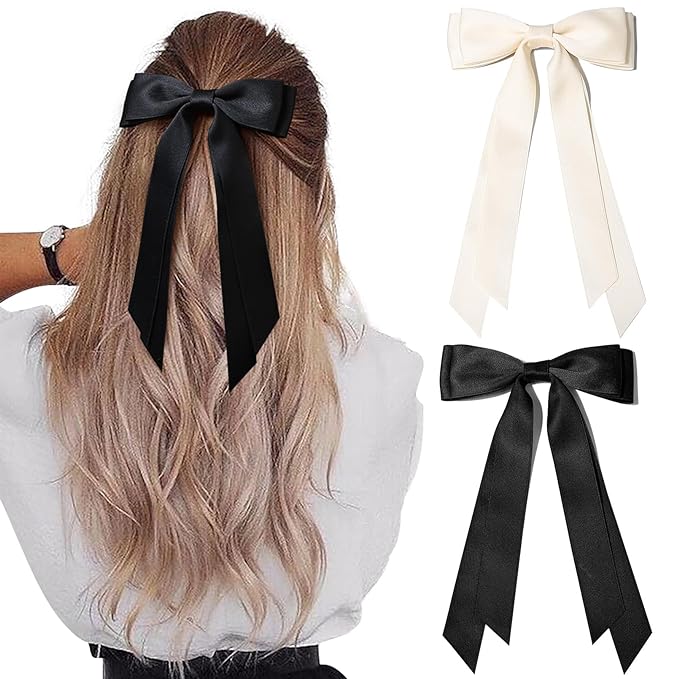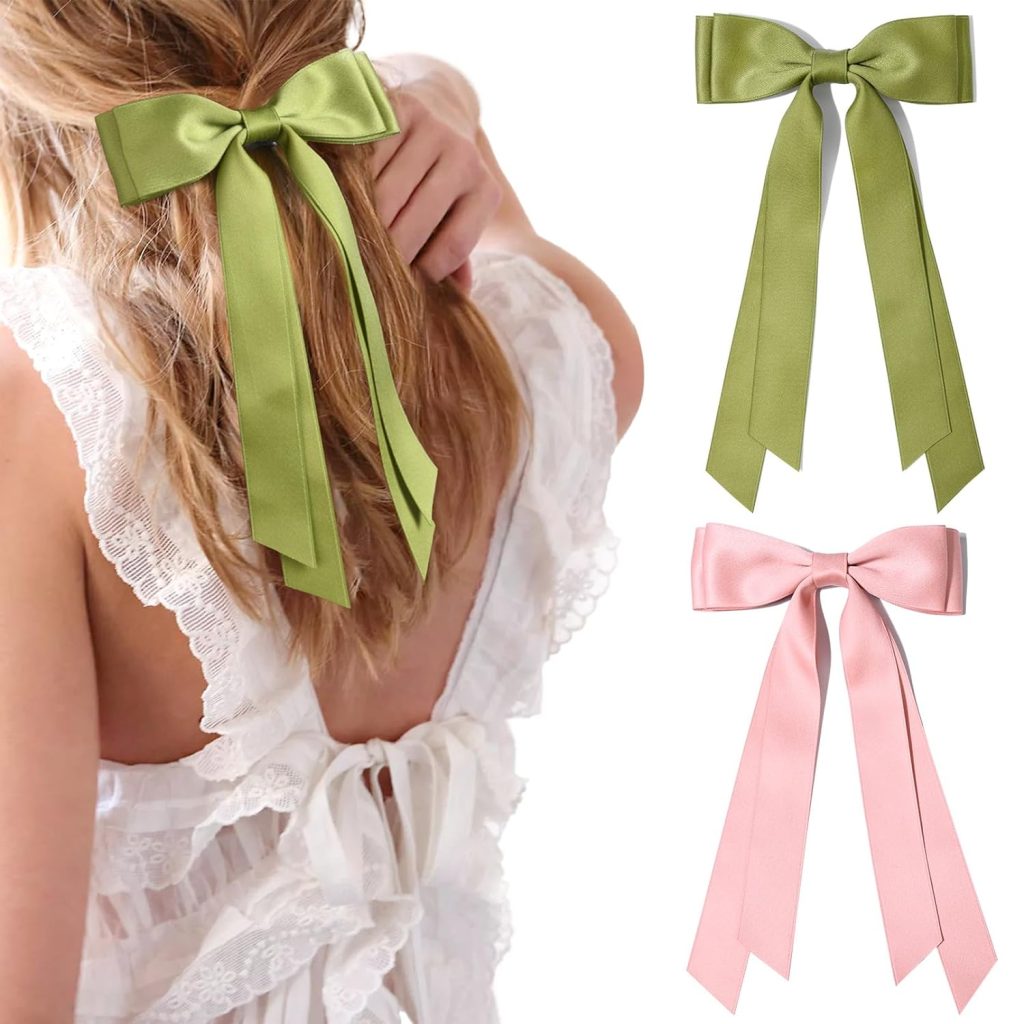Introduction to the Coquette
The coquette, often seen as a flirtatious and teasing woman, has been a subject of social and artistic discourse for centuries. Stemming from the French word “coqueter,” which means “to flirt,” coquettish behavior has been both celebrated and chastised in various cultures and historical periods. A coquette is traditionally portrayed as a person who indulges in flirtation, not necessarily with the intention of forming a relationship. But rather for the pleasure of engaging someone’s interest and admiration. This archetypal character’s role and perception have evolved with societal norms and values changing over time.
Historical Perspectives on the Coquette
Historically, the concept of the coquette has been entwined with the social fabric of the times. In the 18th and 19th centuries, literature and art frequently depicted the coquette as a pivotal character central to social dynamics and romantic intrigues. A classic representation can be found in “The Coquette,” a novel by Hannah Webster Foster. Which presents a nuanced picture of feminine flirtation and its repercussions in a Puritanical society. During those periods. Women were often limited in their means to express autonomy and desire. So coquettish behavior could serve as a subtle form of resistance to societal constraints.

The Lure of Attention and Validation
At the heart of coquettish behavior is the desire for attention and validation. Coquettes often bask in the admiration and desire of others, using their charm to maintain a level of intrigue and engagement. The validation that comes from being the object of someone’s affection is a powerful motivator and can be a source of self-esteem and social standing. However, this pursuit is twofold. As the coquette must carefully balance their allure to avoid social censure while still achieving their desired degree of admiration.
The Power Dynamics of Flirtation
Coquettish behavior can also be viewed through the lens of power dynamics. By keeping admirers at a distance, a coquette exercises control over the interaction, often leaving the other person guessing and yearning for more. This power play can create an intoxicating sense of dominance for the coquette. However, social power dynamics and gender roles have historically influenced how coquettish behavior is perceived, with women engaging in such behavior often labeled as manipulative or frivolous.

The Coquette in Modern Times: A Changing Paradigm
In contemporary society, the notion of the coquette has taken on new dimensions. The modern coquette might defy traditional gender roles or pursue flirtation through digital means.
Reclaiming the Coquette for Empowerment
In modern feminist discourse, the term “coquette” has been reclaim by some as a symbol of empowerment and sexual agency. With the shifting attitudes toward gender and sexuality. The coquette’s behavior is sometimes interpret as a form of personal expression and liberation, challenging the notion that women who flirt do so for male acceptance or pleasure alone. This paradigm shift signifies a broader change in recognizing women’s agency in their relationships and social interactions.
The Digital Age and Coquettish Interactions
The rise of digital communication has transformed how coquettish interactions take place. Social media and online dating platforms have create new arenas for flirtatious behavior. The digital coquette navigates likes, swipes, and direct messages, adapting age-old strategies to tech-driven courtship. This has both expanded and complicated the ways in which coquettish behavior can be expressed and perceived. As the virtual realm introduces elements of anonymity and dissociation from physical presence.

Conclusion: The Timeless Appeal of the Coquette
The figure of the coquette remains an enduring persona, intriguing and complex. Whether admired or criticized, the coquette challenges and fascinates, embodying the multifaceted nature of personal and social relationships. Throughout history and into the present, coquettishness invites us to consider the intricate dance of flirtation, desire, and the human yearning for connection and affirmation.
The Coquette in Literature and Media: Portrayals and Impact
The Literary Coquette: Classic to Contemporary Depictions
From Jane Austen’s matchmaking Emma to the flirtatious Scarlett O’Hara in “Gone with the Wind,” literature has been ripe with coquettes who captivate both the characters within their stories and the readers themselves. A literary coquette is complex; she is often both lauded for her independence and condemned for her manipulative tendencies. In contemporary literature, the coquette can be a nuanced character who challenges societal norms about women’s sexuality and agency, reflecting broader cultural changes. These characters continue to inspire debates about the nature of femininity, attraction, and autonomy.

The Coquette on Screen: Cinema and Television’s Love Affair
The coquette has also been a prominent figure in film and television, embodied by the femme fatale in film noir or the “mean girl” in high school dramas. This persona is usually complex, with the ability to use her appeal to navigate social situations to her advantage. However, these characters can also be portray in a negative light. As their actions could lead to their downfall or the harm of others. Modern takes have challenged these tropes, presenting coquettes who are self-aware and whose actions subvert traditional narratives around flirtation and romantic pursuit.
The Social Perception of Coquettish Behavior: Criticism and Consequences
Coquettish behavior often stirs mixed reactions within societies, highlighting the delicate line between free expression and societal judgment.
The coquette’s behavior, while celebrated for its charm, is often subject to social scrutiny. Historically, women exhibiting such traits faced reputational risks, and though times have changed, judgment persists in modern contexts. The challenge lies in how society interprets the actions of a coquette—whether to view them as expressions of independence or as calculated strategies for attention. This balancing act reflects broader conversations about gender norms and the freedoms and constraints experienced by women both socially and romantically.

The Consequences of Misunderstood Intentions
Misinterpreted coquettishness can have real consequences. What one might consider harmless flirtation, another might view as leading someone on. The coquette may be accuse of sending mixed signals or playing with emotions unintentionally. These situations underscore the importance of communication and boundary-setting in all interactions. Understanding the multifamily nature of coquettish behavior can help mitigate these risks. Allowing for flirtation to be enjoy as a form of playful social interaction without unwanted repercussions.
Embracing the Coquette Within: A Modern Guide to Flirtation
In our current age, individuals are finding ways to embrace their inner coquette in healthy and respectful manners.
The Positive Aspects of Flirtation
Flirtation, when done with consideration and consent, can be an enjoyable social dance that enhances interpersonal connections. The positive aspects of being a coquette include the ability to appreciate one’s allure, to communicate interest in a playful manner. And to develop social skills that can be beneficial in various aspects of life, from romance to professional networking. Embracing a coquettish side can lead to confidence and self-empowerment when it is expressed as a fun and authentic extension of oneself.


